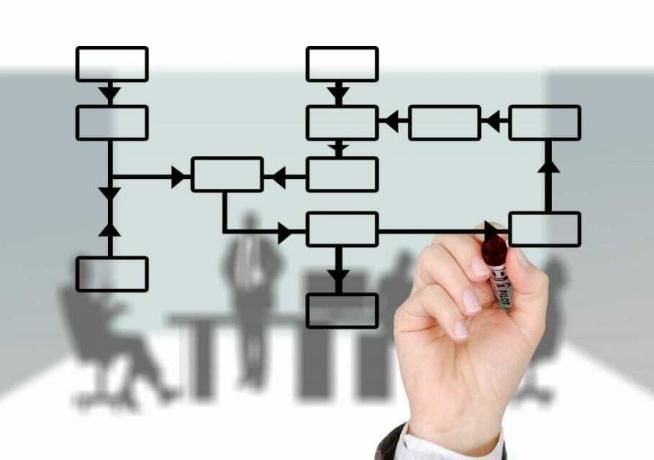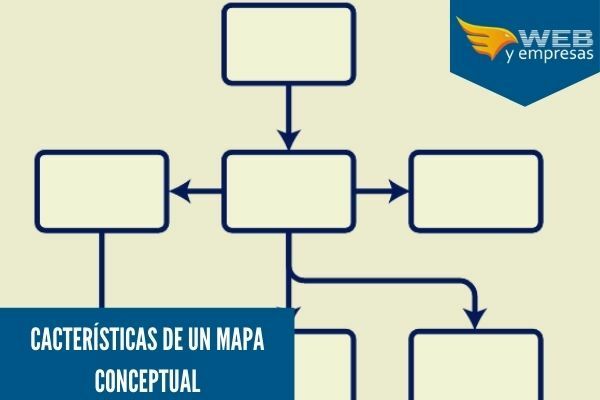The line-staff organization is an organizational structure that is based on the combination of two organizational structures, the linear and functional structure, the linear structure provides a single chain of command through line management, with roles of execution; and the functional structure, is in charge of the staff and they are limited to providing advice to line management.
The line-staff organization is a type of mixed organization. product of the combination of linear and functional organization, created in order to take advantage of both and minimize their disadvantages.

Advertisements
Therefore, it is a type of organization that has characteristics of the linear type and the functional type, making it a more comprehensive organizational model, Helping companies tackle complexity problems that can be presented in different areas, in a more orderly and systematic way.
For this, the linear structure is carried out by areas of execution by management, while the functional structure is managed by support and consulting areas, establishing relationships between both.
Advertisements
Hence, it is an organizational model widely implemented by many companies today. We see what it is about Line-Staff organization: Advantages, Disadvantages and Characteristics.
In this article you will find:
What is the Line-Staff organization?
The line-staff organization is a organizational model that is based on the combination of two organizational structures, the linear structure and the functional structure, for the maximum use of the advantages and disadvantages of each of these, allowing companies to develop a more complete and complex organizational structure.
Advertisements
This way, both structures coexist, While the linear structure establishes a authorityof line where superiors supervise subordinates, through the staggering principle, that is, under a hierarchical order.
Refering to functional structure, their contribution limited to providing adviceFor this, the staff must investigate, look for alternatives and provide consulting to front line management.
Advertisements
Thus, with this type of line-staff organization, authority prevails as a single line of command; but in turn each area receives advice and support from the staff, worked jointly both organizational structures with each other.
Advantages of the Line-Staff organization
The advantages of this organizational structure are:
Advertisements
- Provides specialized advice without losing the authority of line managers: Staff personnel provide specialized advisory services to line managers, but they cannot intervene in its decision-making authority, since its function is limited to providing consultancy, advice and support.
- Joint and coordinated work between management or line bodies and staff bodies: In this way, while the line bodies are in charge of executing the managerial processes for the development of the company's activities, the personal or organic staff is responsible for providing support to them, through specialized services, accounting, purchasing, research and development, etc
- Cooperation and communication is improved: Under the line-staff organization, a process of cooperation and communication is created for the exchange of ideas and knowledge between line management and staff personnel, which improves efficiency and contributes to the process of feedback.
Disadvantages of the line-staff organization
The disadvantages of this organizational structure are:
- Conflicts tend to be generated between line bodies and staff bodies: These conflicts are generally due to discrepancies between both positions; because, while line managers have knowledge acquired through experience, staff personnel have knowledge due to specialized academic training, but with less experience in practice or performance; In addition, the lack of authority of the staff in line management decisions can cause tension in the work environment.
- The costs incurred are usually higher: This is due to the fact that, in addition to the expenses of line management, specialized consulting implies a salary expense of specialists or fees, thus increasing the budget for operating expenses, a situation that often worries The management.
- Greater difficulty in maintaining a balance between the line organs and the staff: Since, on the one hand, line managers have complete decision-making authority and, therefore, are not always receptive to the opinion of advisers, on the other hand, staff advisers will seek to acquire greater authority so that their opinions are taken into account, despite the decision of the management; Therefore, establishing a balance point is essential to avoid imbalances and distortions of command.
Characteristics of organization Line-Staff
The characteristics that stand out in this type of organization are:
- It has an organizational structure that combines the linear structure with the functional one, but the command authority of the linear structure predominates.
- Formal lines of communication coexist with direct lines of communication, while the linear structure establishes formal communication Through superiors and subordinates, direct communication mechanisms are also generated that connect line management with the personnel of staff.
- There is a separation of roles between both structures, the linear structure is made up of management positions and their respective roles and functional structure by specialized advisory and support staff and their functions are limited to it.


